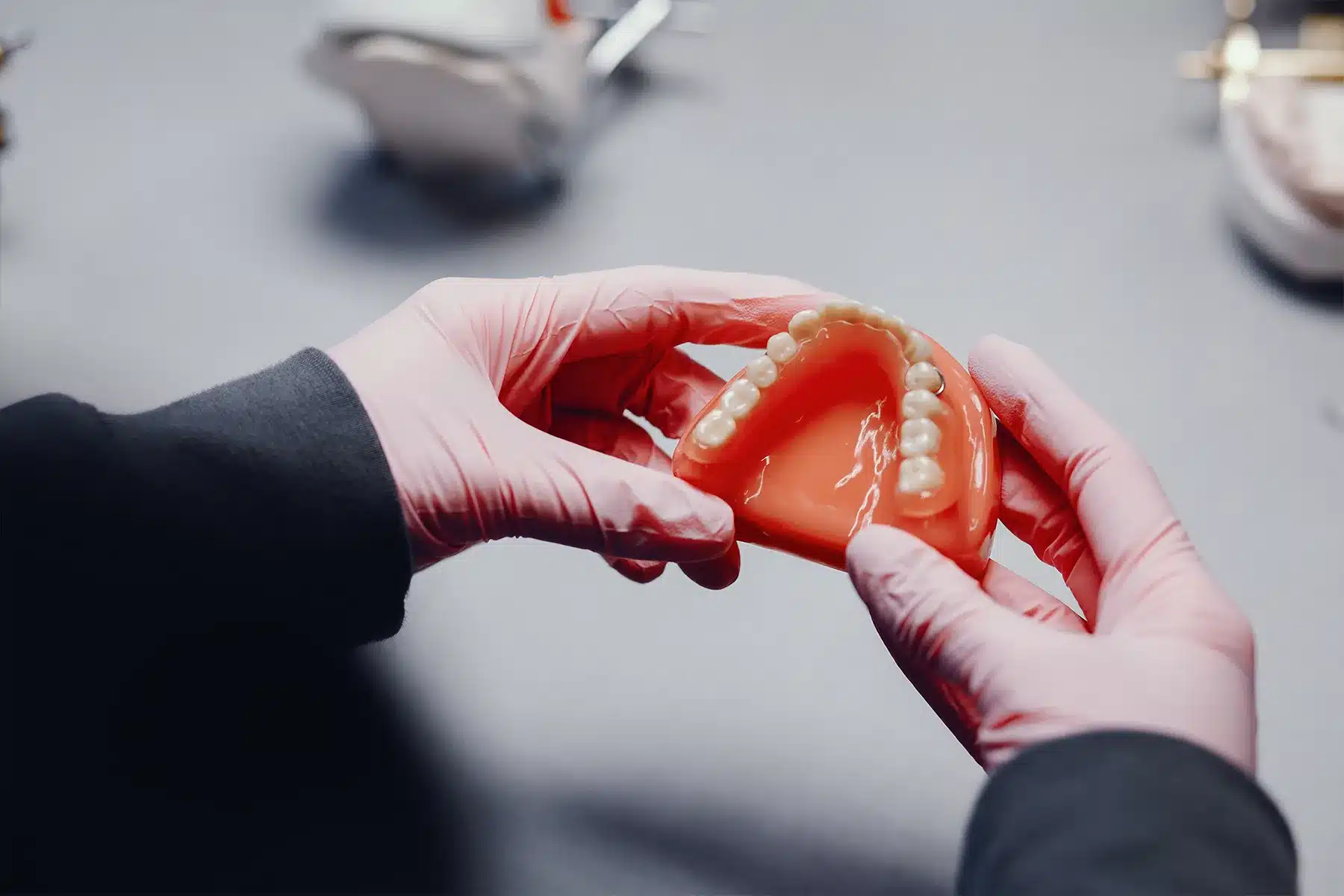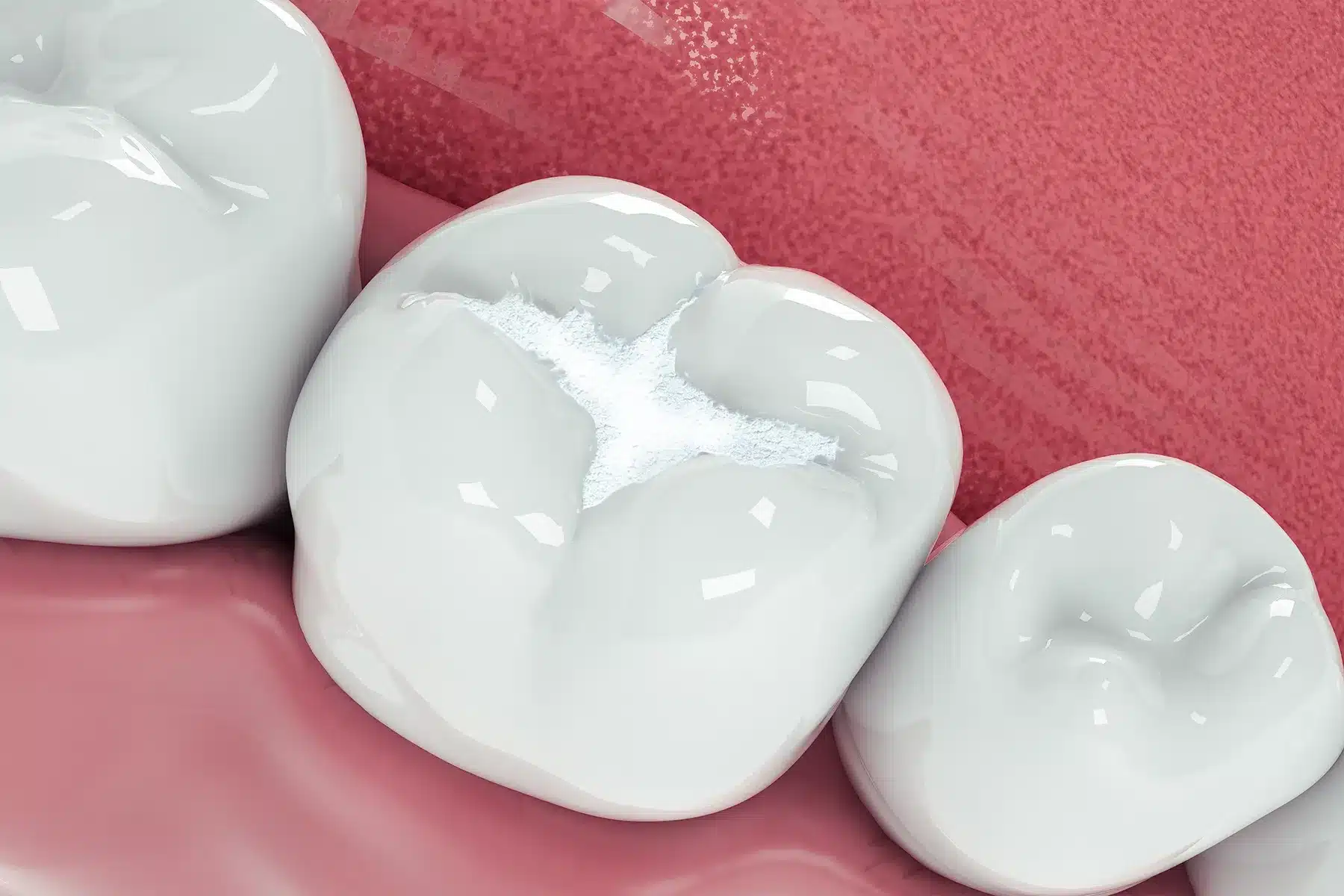
How to treat Swellings
Swelling is often a sign of underlying dental issues. If you have swollen gums or your tooth is very painful and the surrounding area of gum tissue is inflamed, we urge you to get in touch. The sooner we see you, the sooner we can help you to feel more comfortable.
What causes swelling?
Swelling is most commonly associated with a dental abscess. An abscess is a fluid-filled sore, which can be found in the tooth or between the tooth and the gum. Abscesses are usually very painful, and they can cause acute throbbing pain. If you have an abscess, the area of gum surrounding the tooth may be swollen and tender, and you may also have a high temperature and feel unwell. If you have an abscess, you need to see a dentist. Dental abscesses are not treated in the same way as other types of abscess. Often, antibiotics are prescribed for abscesses, but with dental abscesses, the sore needs to be drained and removed.
Swelling can also be a sign of gum disease. If the gums are swollen, and they feel sore, this may indicate that you have gingivitis or periodontal disease. Gingivitis is a mild form of gum disease, while periodontal disease is more advanced. Other signs you may spot include bleeding when you brush and tenderness. If you think you may have gum disease, it’s wise to see your dentist. Mild gum disease can be treated fairly easily, but severe cases require intensive treatment.
If you have a swollen tooth or your gums are inflamed, don’t suffer in silence. Call us now, and we’ll do our best to have you free from pain in no time.

